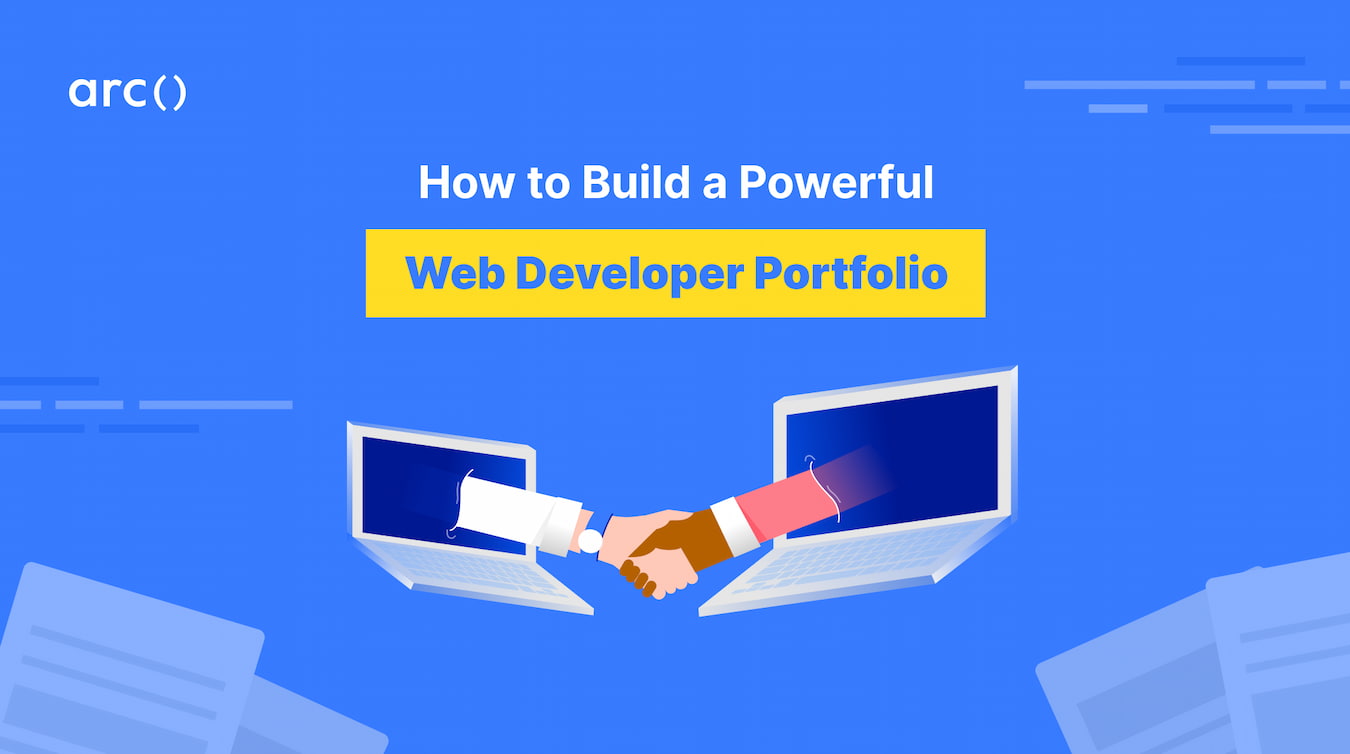In the fast-paced world of technology, a back-end developer plays a crucial role in ensuring that websites and applications run smoothly. Whether you’re a seasoned developer or just starting your career, having a standout back-end development portfolio is essential to showcase your skills and attract potential employers or clients. In this blog post, we’ll explore the steps to create a portfolio that not only impresses but also sets you apart from the competition.
- Select Your Best Work
The first step in building a standout back-end development portfolio is to choose the projects that best showcase your skills. Quality is more important than quantity. Select projects that demonstrate your ability to solve complex problems, optimize performance, and handle data securely. If you’re just starting, consider personal projects or open-source contributions to add to your portfolio. - Document Your Process
Once you’ve selected your projects, it’s essential to provide context and insight into your development process. Include detailed descriptions of the problems you solved, the technologies you used, and the impact of your work on the project. Documenting your process not only showcases your technical skills but also your ability to communicate and collaborate effectively. - Highlight Your Tech Stack
One of the most critical aspects of a back-end developer’s portfolio is the technology stack used in each project. Clearly list the programming languages, frameworks, and tools you utilized. Explain why you chose a particular stack for a specific project and how it contributed to the project’s success. This information helps potential employers or clients understand your expertise and preferences. - Showcase Scalability and Performance Optimization
Back-end developers often deal with issues related to scalability and performance. Demonstrate your ability to address these challenges in your portfolio. Include examples of projects where you optimized database queries, improved server response times, or implemented caching strategies. Numbers and metrics can be particularly persuasive, so provide performance benchmarks where possible. - Highlight Security Measures
Security is a top concern in web development. Illustrate your commitment to protecting data and user privacy by showcasing your knowledge of security best practices. Describe the measures you took to secure data, prevent common vulnerabilities (such as SQL injection or XSS), and implement encryption protocols. Providing evidence of your security expertise can instill confidence in potential clients or employers. - Include Real-world Use Cases
To make your portfolio even more compelling, emphasize real-world use cases for your projects. Explain how your back-end solutions solved specific business problems or improved user experiences. By showing the practical applications of your work, you demonstrate your ability to create solutions that have a meaningful impact. - Demonstrate Collaboration Skills
Back-end development is rarely a solo endeavor. Highlight your ability to collaborate with front-end developers, designers, and other team members. Describe your role in the development process, how you communicated with teammates, and how your contributions integrated seamlessly into the overall project. Effective collaboration is a valuable skill in any development role. - Keep It Updated
Your portfolio should be a living document that reflects your current skills and projects. Regularly update it with new work, technologies, and achievements. Removing outdated or less relevant projects can help keep your portfolio focused and concise. An up-to-date portfolio shows that you are actively engaged in your field and eager to learn and grow. - Design Matters
While the content of your portfolio is essential, don’t neglect the design and presentation. A clean, user-friendly layout with easy navigation makes a positive impression. Consider using responsive design to ensure your portfolio looks great on various devices. Remember that your portfolio is also a reflection of your attention to detail and commitment to quality. - Seek Feedback
Before publishing your portfolio, seek feedback from peers, mentors, or experienced developers. They can provide valuable insights and suggestions for improvement. Pay attention to constructive criticism and make necessary changes to enhance the overall quality of your portfolio.
In conclusion, a well-crafted back-end development portfolio is your key to standing out in the competitive field of web development. It’s your opportunity to showcase your skills, share your expertise, and demonstrate your ability to solve real-world problems. By following these steps and continuously refining your portfolio, you’ll position yourself as a top-notch back-end developer ready to take on exciting projects and challenges in the ever-evolving world of technology.


